Antenna Frequency
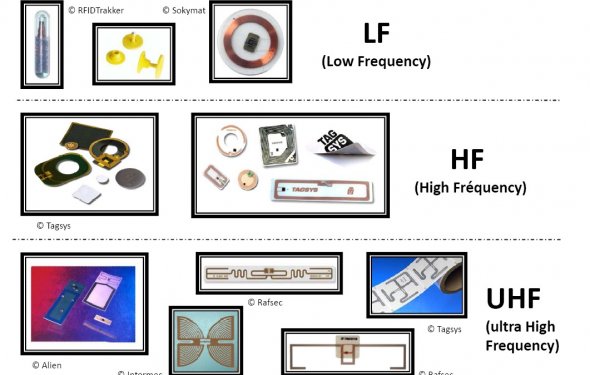
FrequencyIs one of the most important concepts in the universe and to antenna theory, which we will see. But fortunately, it isn't too complicated.
Newbie Degree (or preliminaries):
Antennas function by transmitting or receiving electromagnetic (EM) waves. Examples of these electromagnetic waves include the light from sunlight in addition to waves gotten by the mobile phone or radio. Your eyes tend to be essentially "receiving antennas" that collect electromagnetic waves which are of a certain regularity. The colors you see (purple, green, blue) tend to be each waves of various frequencies that your particular eyes can detect.
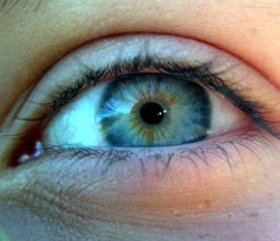
All electromagnetic waves propagate at the same rate in air or perhaps in area. This rate (the speed of light) is about 671 million kilometers each hour (1 billion kilometers hourly). That is approximately a million times quicker compared to the speed of noise (which will be about 761 kilometers per hour at sea-level). The speed of light should be denoted as c within the equations that follow. We prefer to utilize "SI" units in technology (size calculated in meters, time in seconds, size in kilograms), therefore we will forever keep in mind that:
Before determining frequency, we must define just what a "electromagnetic revolution" is. That is an electrical industry that travels far from some supply (an antenna, the sunlight, a radio tower, whatever). A traveling electric area features an associated magnetic industry with it, therefore the two compensate an electromagnetic wave.
The world allows these waves to simply take any form. The main form though is the sinusoidal trend, that will be plotted in Figure 1. EM waves differ with room (position) and time. The spatial difference is offered in Figure 1, and the temporal (time) variation is given in Figure 2.
Figure 1. A Sinusoidal Wave plotted as a function of position.
Figure 2. A Sinusoidal Wave plotted as a function of time.
The trend is periodic, it repeats itself every T seconds. Plotted as a function in space, it repeats it self every yards, which we shall phone the wavelength. The frequency (written ) is simply the number of total rounds the wave completes (viewed as a function of the time) in one 2nd (2 hundred rounds per second is written 200 Hz, or 200 "Hertz"). Mathematically this might be written as:
How quickly somebody walks hinges on how big is the measures they just take (the wavelength) multipled by the price where they do something (the regularity). The rate the waves travel is how quickly the waves are oscillating over time ( ) increased by the measurements of the action the waves are taken per period. The equation that relates frequency, wavelength and the speed of light are tattooed on your own forehead:
Fundamentally, the frequency is just a measure of how fast the revolution is oscillating. And because all EM waves travel on exact same speed, the faster it oscillates the faster the wavelength. And an extended wavelength indicates a slower frequency.
This may seem stupid, as well as it probably should. Whenever I ended up being young I remember scientists talking about frequency and I also could never realise why it mattered. However it is of fundamental significance, since are going to be explained when you look at the "more higher level" section on regularity.
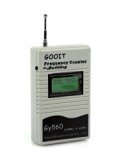
|
Signstek Handheld Frequency Signal Counter Tester for Two Way Radio Transceiver GSM 50 MHz-2.4 GHz Home Improvement (Signstek)
|
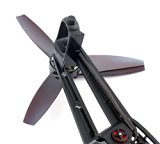
|
Hooshion® Dual-frequency Antenna Parrot Parrot Bebop Drones 3.0 Aircraft PCB Antenna Toy (Hooshion)
|
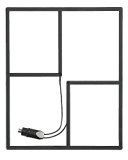
|
HD Frequency Cable Cutter Aerowave, Indoor Outdoor HD Digital TV Antenna (CC-17A) Speakers (HDFrequency)
|
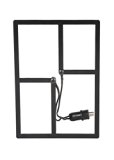
|
HDFrequency CC-17M Cable Cutter Indoor Outdoor HD Digital TV Antenna, Mini Speakers (HD Frequency)
|
|
2 Way Splitter 2 GHz 900-2050 MHz 1 Port DC Passive Commercial Grade Satellite High Frequency Video Coaxial Cable Digital Receiver TV Antenna Signal Combiner Speakers (ASKA)
|